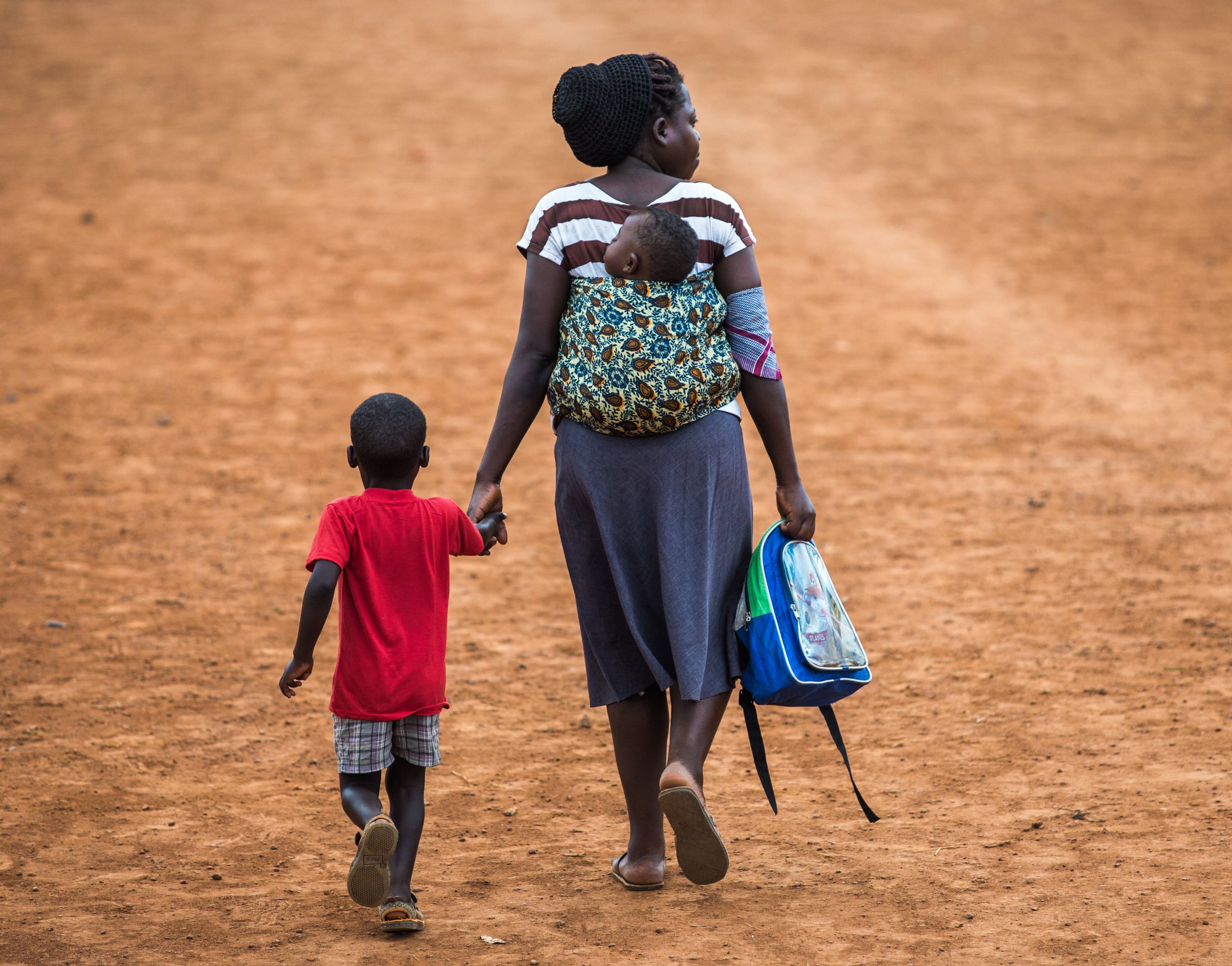This blog highlights an extensive study of the latest two reproductive, maternal, and newborn health (RMNH) voucher schemes in Uganda conducted jointly by the Uganda Ministry of Health and the Strategic Purchasing for Primary Health Care project implemented by ThinkWell with support from the Bill & Melinda Gates Foundation.
Authors: Tapley Jordanwood (ThinkWell), Aliyi Walimbwa (Ministry of Health, Uganda), Anooj Pattnaik (ThinkWell), and Angellah Nakyanzi (ThinkWell)
Guided by a primary health care (PHC) philosophy, Uganda’s public health delivery system is designed to provide free services at the point of utilization, but the system is under-funded and ignores capacity in the private sector. Many public facilities consistently suffer from inadequate staffing, medicines, and supplies to provide their mandated range of services. Government purchasing arrangements for health services currently engage both public and faith-based networks of facilities; however, not included are private for-profit providers that constitute nearly half of Uganda’s health facilities. These private for-profit providers mostly deliver PHC services and have minimal coordination with the public system. With limited options, many women do not have access to essential reproductive, maternal, and newborn health (RMNH) services either because services are not available in the public system or are not affordable from private providers.
Thus, it is not surprising that RMNH access and outcomes are not optimal in Uganda. While there have been consistent improvements and Uganda is lower than the average in sub-Saharan Africa, both maternal and neonatal mortality in Uganda remain high by international standards. Uganda has the fourth fastest-growing population globally, with an estimated 1.5 million children born every year and 75% living in rural areas. Affordable access to high-quality maternal care is a significant problem in Uganda; 36% of deliveries by women in the lowest two wealth quintiles took place outside of a health facility.
With support from donors, Uganda has implemented a variety of voucher schemes, which offer more than a decade of context-specific learning on health purchasing that could inform the proposed national health insurance scheme (NHIS). The Parliament of Uganda recently passed the 2019 NHIS Bill, which now awaits Presidential approval to establish the NHIS as a new demand-side health financing mechanism. This pivotal health reform would create a purchaser-provider split, contract public and private providers, and establish a benefits package— all essential functions that the voucher programs successfully implemented at a large scale. As the last two voucher projects drew to a close, the Ugandan Ministry of Health and ThinkWell undertook a joint study and published an extensive report that documents how these voucher schemes functioned and performed to draw lessons for future demand-side financing efforts, including the planned NHIS.
The Ugandan voucher schemes were designed to provide rural poor pregnant women with affordable access to high-quality essential RMNH services. The latest two donor-funded voucher schemes supported over 400,000 safe deliveries in just over three years. Covering 28 (out of 135) of Uganda’s districts, the second Uganda Reproductive Health Voucher Project (URHVP-II) was financed by the World Bank through the Global Partnership on Output-Based Aid and ran from June 2016 through October 2019. The USAID-funded Uganda Voucher Plus Activity (UVPA) started slightly later in October of 2016 and ran through March 2020, covering 35 districts. Set up as independent purchasers of services, the schemes fielded teams of village-based voucher distributors who identified poor women, provided them with health education, and then sold them vouchers at highly subsidized prices. Identified women then redeemed their vouchers primarily at selectively contracted private for-profit health facilities (in addition to some public and private non-profit facilities) to access a package of RMNH services. Contracted providers were then reimbursed by the voucher schemes based on the services rendered.
Within Uganda’s fragmented health delivery system, voucher schemes pioneered service networks that integrated private, public, and non-profit facilities. Selectively contracted facilities were organized into service delivery networks to ensure affordable access, accountability, and adherence to service quality standards. A critical step forward in this effort was the successful linking of private for-profit providers to both public and private non-profit facilities in the health system. The voucher facility networks of providers facilitated cooperative actions between facilities, including improved referral systems for complications and emergencies.
Providers reinvested their revenue from the voucher schemes to increase their facility capacity and improve their quality of care. By paying facilities fair rates based on the cost of care, contracted facilities had the resources and autonomy to ensure sufficient staffing and medical supplies to meet demand. The combination of clear quality standards, regular measurement, field-based technical support, and contractual consequences led to significant improvements in quality.
The voucher schemes were vivid demonstrations of what is required to establish a demand-side financing mechanism. Establishing a new financing mechanism that will purchase service outputs requires new institutional roles, modalities, contracts, and financing systems. Examples in South Korea and Taiwan have demonstrated that years of implementing voucher programs can lay the groundwork for building an NHIS to support universal health coverage efforts. As Uganda takes its first steps to establish its own NHIS, critical choices to determine the institutional setup, initial benefit package, service delivery contracts, and claims management systems need to be made. The voucher schemes provide a large-scale demonstration of what it takes to set up a demand-side purchaser. These experiences have generated hard evidence to inform Uganda’s choices as it establishes the NHIS going forward.



